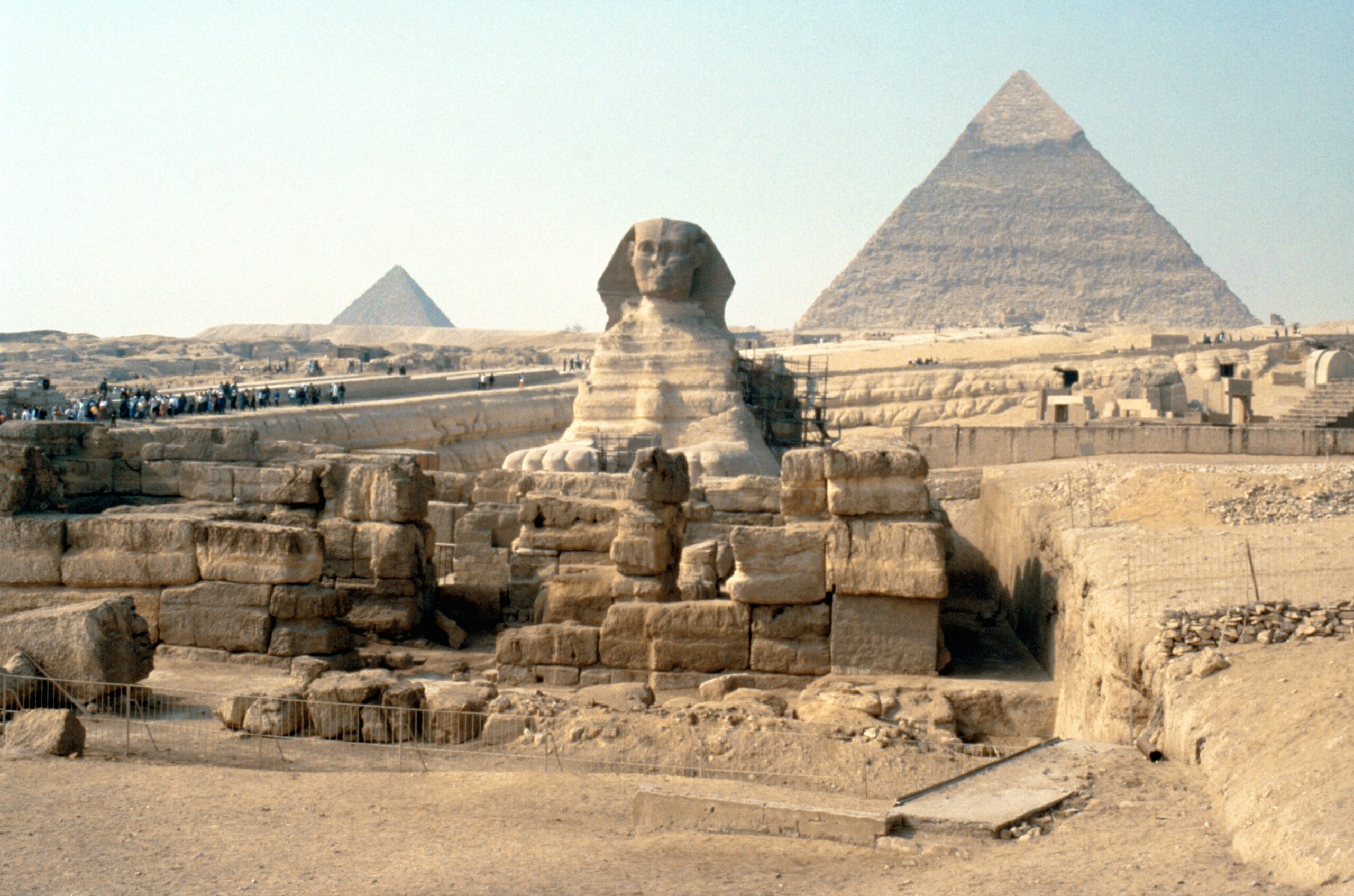
Historical monuments stand as enduring testaments to the past, preserving civilizations’ stories, struggles, achievements, and cultures throughout time. They are more than just stone and structure; they are vital educators and silent storytellers, playing a decisive role in shaping the minds of future generations. From the Lincoln Memorial in Washington D.C. to the Alamo in Texas, these monuments act as bridges connecting the past with the present, offering educational and inspirational lessons.
Preserving History Through Architecture
Historical monuments provide a physical space where history is preserved in its most tangible form. While textbooks and classrooms are crucial to learning, standing in the presence of a monument offers an experience that is deeply immersive and emotionally resonant. When young people visit these sites, they see firsthand the size, scale, and significance of what they may have only read about. For instance, walking through the preserved ruins of ancient Native American dwellings or visiting battlefields from the Civil War can create a lasting impression that words alone cannot achieve.
This physical preservation serves as a constant reminder of our roots. It reminds us of where we came from, who our ancestors were, and how their experiences shaped the present. This is particularly important for the younger generation, who often live in fast-paced, technology-driven environments that can distance them from historical context. Monuments slow down time. They force reflection and encourage deeper thinking about life in a different era, thus making history real and relatable.
Cultural Identity and National Pride
Monuments also play a key role in forming cultural identity and instilling a sense of national pride. Each historical structure tells a story about a people, place, or pivotal historical event. When shared across generations, these stories help foster a shared identity and community spirit. For children and teenagers, understanding the struggles and victories of their forebears can inspire a stronger connection to their country and its values.
Moreover, monuments often serve as places for commemorations and civic ceremonies. These events reinforce the importance of history in our national consciousness and offer young people opportunities to participate in collective remembrance. Whether honoring veterans on Memorial Day or celebrating Martin Luther King Jr.’s legacy, such events give students real-life contexts for historical knowledge, deepening their understanding and emotional connection to the past.
Monuments as Tools for Critical Thinking
Historical monuments do more than celebrate the past—they also challenge future generations to think critically about it. Many monuments commemorate complex or even controversial events. For example, some statues and memorials related to the Confederacy have sparked debates across the United States about history, memory, and social justice. Engaging in these discussions helps students develop critical thinking and empathy as they consider multiple perspectives and the evolving meaning of history in modern times.
When young people are encouraged to question what is remembered and why, they learn to look beyond surface-level narratives. They explore who built the monument, its purpose, and how its message has changed. This analytical approach to historical monuments promotes a more thoughtful and inclusive understanding of history, preparing students to be informed and compassionate citizens.
Inspiration for Future Generations
Beyond education, historical monuments also serve as sources of inspiration. They celebrate human achievement, resilience, and progress, encouraging young people to pursue their goals with determination and courage. The Statue of Liberty, for example, stands as a beacon of hope and freedom, inspiring generations of immigrants and citizens alike with its message of opportunity and welcome. Similarly, monuments dedicated to civil rights leaders, war heroes, and social pioneers remind young minds of the power of courage, sacrifice, and perseverance.
These stories of inspiration are crucial for helping future generations envision their role in shaping society. When children see what others have accomplished—even in the face of great adversity—they believe in their ability to contribute meaningfully to the world. Monuments, in this way, become more than memorials; they become mirrors reflecting the potential within each visitor to make history of their own.
Educational Field Trips and Experiential Learning
Visiting historical monuments as part of educational field trips adds a dynamic layer to traditional classroom learning. These trips create memorable experiences that anchor textbook lessons in real-world contexts. For instance, studying the American Revolution becomes far more engaging when students can walk the grounds of Independence Hall or see the Liberty Bell up close.
Such field trips also provide opportunities for experiential learning. Students absorb facts and engage in discussions, reenactments, or guided tours that deepen their understanding of historical events. Teachers can use these visits to prompt meaningful conversations, creative projects, and further research. In this way, monuments support a variety of learning styles and help cater to students’ diverse needs.
Safeguarding Monuments for the Future
As powerful as historical monuments are, their continued impact depends on preservation and public engagement. Many monuments face threats from natural wear, urban development, and even acts of vandalism. Communities, governments, and educators must work together to protect these structures for future generations to learn from and enjoy.
Teaching young people about the value of preservation is part of this responsibility. Students who understand why these monuments matter are more likely to support efforts to maintain them. This sense of stewardship is crucial in ensuring that the lessons and inspiration these sites offer will remain accessible to future generations.
A Legacy Worth Protecting
In a rapidly changing world, historical monuments offer a sense of continuity and permanence. They remind us of our origins and guide us toward a better future. For future generations, they serve as educational resources and sources of identity, reflection, and hope.
By incorporating monuments into education, encouraging critical engagement with their meanings, and fostering a spirit of preservation, we ensure that their legacy endures. These silent storytellers have so much to teach, and it is up to us to listen—and to make sure the next generation listens, too.